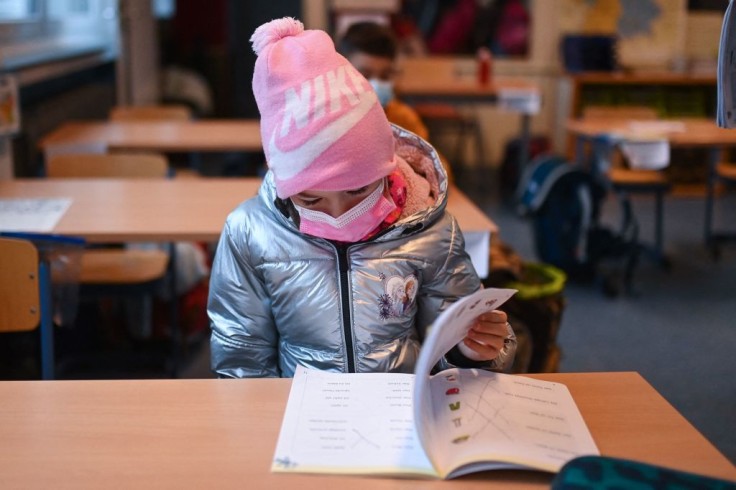
Keeping children safe in extremely cold conditions can be a daunting task.
For parents, it is that time of the month when the cold weather can add stress and concern for their children's well-being, especially when it comes to hypothermia or frostbite.
Cold weather can be uncomfortable for both parents and children in several ways. Physically, exposure to cold temperatures can cause discomfort, including shivering, chapped skin, and numb fingers and toes.
Children may also be limited in their outdoor activities, which can lead to feelings of boredom and restlessness.
Cold weather can also make it difficult for children to sleep comfortably, causing fatigue and irritability. Additionally, cold weather can weaken the immune system and increase the risk of getting a cold, the flu, or other illnesses.
With that, here are some ways and tips for parents to keep children safe during icy conditions.
Keeping children safe from hypothermia and frostbite
Protecting children from excessive cold, hypothermia, and frostbite is crucial for their health and well-being.
Here are some ways parents can do this:
- Dress children in layers: Children should wear warm, insulated clothing, such as long underwear, pants, and jackets made of fleece or down. Layers trap warm air and help keep children warm in cold weather. According to the Red Cross, instead of donning a single bulky piece of clothing, it is recommended that you dress in several thin layers. This will help to retain your body heat better and keep you warmer.
- Cover exposed skin: Children should wear hats, scarves, and gloves to protect their face, head, hands, and feet from the cold. Children should also wear waterproof boots to keep their feet dry and warm.
- Limit time outdoors: Children should spend limited time outdoors in freezing weather. Parents should ensure children come indoors regularly to warm up and avoid prolonged exposure to the cold.
- Stay active: Encourage children to stay active and engage in physical activity to keep their blood flowing and generate body heat.
- Stay hydrated: Children should drink plenty of water, even in cold weather. Dehydration can make children more susceptible to hypothermia and frostbite. CNN recommends savoring warm beverages and food for both children and adults. Eating foods high in fat and protein will make you feel warmer because the body processes these nutrients more slowly.
It is vital to keep the body warm because cold temperatures can cause the blood vessels to constrict, which can reduce blood flow to the extremities and lead to hypothermia and frostbite.
When the body is exposed to cold temperatures for an extended period, it can lead to a dangerous drop in body temperature, which can result in hypothermia.
Read Also: 6-Year-Old Boy Orders Endless Chili Fries, Ice Cream, Pizza from Grubhub Using His Dad's Phone
What are hypothermia and frostbite?
The northeast's arctic blast has made other people cautious about staying warm during these intensified weather conditions. Experts are warning people about the threat of hypothermia and frostbite.
According to The New York Times, hypothermia happens when the body loses heat more quickly than it can produce it, leading to a dangerously low body temperature.
Symptoms of hypothermia in children can include shivering, fatigue, confusion, and clumsiness. In severe cases, hypothermia can cause unconsciousness and death.
On the other hand, frostbite is a condition in which the skin and tissues freeze. It is most common in the fingers, toes, nose, and ears.
Symptoms of frostbite can include numbness, tingling, and hard or waxy-looking skin. Severe frostbite can cause permanent damage, including the loss of limbs.
Furthermore, parents are reminded that if a child is showing symptoms of hypothermia or frostbite, it is vital to seek medical attention as soon as possible.
Treatment for hypothermia may involve removing wet clothing and wrapping the child in warm blankets or clothing. Frostbite should be treated by a doctor who can carefully rewarm the affected area and provide pain relief.